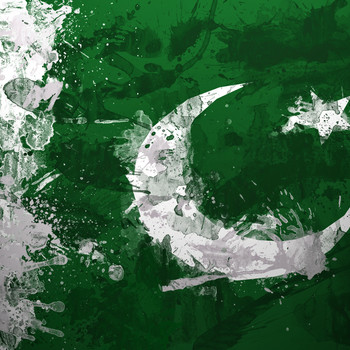What is the structure of the cell membrane?
2 Answers
Explanation:
The cell membrane composition is not set, but consistently changing for fluidity and changes in the environment even fluctuating during different stages of cell developement.
The fundamental structure of the membrane is the phospholipid bilayer, which forms a stable barrier between two aqueous compartments. In animal cells there are four types of phospholipids that are asymmetrically distributed between the two halves of membrane bilayer. The outer leaflet consists mainly of phosphatidylcholine and sphingomyelin, whereas phisphatidylethanolamine and phosphatidylserine are the predominant phospholipids of the inner leaflet. Phosphatidylinsitol is localised to the inner half of the plasma membrane.
In addition to the phospholipids, the cell membrane in animal cells contain glycolipids and cholesterol. The glycolipids are found exclusively in the outer leaflet of the cell membrane, with their carbohydrate portions exposed on the cell surface. Cholesterol is a major membrane constituent of animal cells, being present in about the same molar amounts as the phospholipids.
While phospholipids are the fundamental structural elements of the membrane, proteins are responsible for carrying out specific membrane functions. The proteins help in providing the support and shape to the cell. There are three types of proteins - cell membrane receptor proteins, transport proteins and glycoproteins. Membrane associated proteins may be peripheral or integral.
The extracellular portions of cell membrane proteins are glycosylated. The carbohydrate portions of glycolipids are exposed on the outer surface of the plasma membrane. Thus the outer surface of the cell is covered by a carbohydrate coat known as the glycocalyx formed by the oligosaccharides of glycolipids and transmembrane glycoproteins.
Phospholipid bilayer of plasma membrane comprises phospholipid molecules which are made up of
These phospholipids line up and arrange themselves in two parallel layers to give phospholipid bilayer of plasma membrane.
Explanation:
Phospholipids are amphipathic which means they have both hydrophobic and hydrophilic parts. So basically one phospholipid molecule has two parts which are stated as below:
-
Polar & hydrophilic
(water-loving) head :
It is made up of negatively-charged phosphate group(PO3−4) and glycerol(C3H8O3) molecule. One of the oxygen of phosphate group is attached to variant i.eR . Thus the nature of phospholipid can vary with the nature ofR . Glycerol is sort of bridge between phosphate group and hydrophobic tails. That's why it's known as glycerol backbone. -
Non-polar & hydrophobic
(water-fearing) tails : Phospholipid molecule consists of 2 hydrophobic tails made up of fatty acids. The fatty acids chain consist of carbon aton bonded with hydrogen atoms. One tail is made up of saturated fatty acids and the other containing double bond is made up of unsaturated fatty acids. Both these tails get attached to the glycerol molecule of hydrophilic head.
Thus overall structure of phospholipid is constructed as:
 )
)
How these phospholipids arrange in bilayer?
Each layer consists of phospholipid molecules line up with each other. The heads being polar can't get attached to the hydrophobic tails and also hydrophobic tails are not going to be attached with polar heads. So, what happens is: the tails get attached to each other and are pointed inward. While heads covering the tails face both external and internal environment of cell. These head form hydrogen bonds with water molecules which they face on both side(intracellular cytosol and extracellular water).
We can assume phospholipids molecules as bread slices containing lipid tails(kinda chicken patties;) sandwiched between them.
The video shows self assembly of phospholipid molecules:
Hope it helps...


